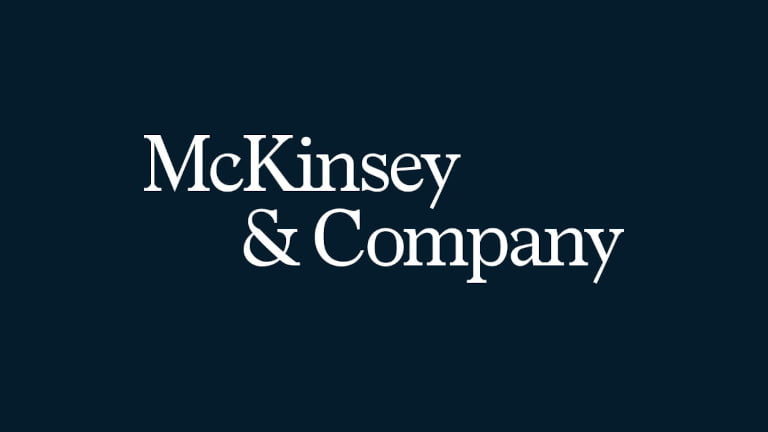Performance through people: Transforming human capital into competitive advantage
At a glance
- When companies emphasize skill development, it pays off for workers. Skills learned on the job contribute 46 percent of the average person’s lifetime earnings, and companies that build human capital are more likely to propel their employees into higher earnings brackets over the course of a career.
- Building human capital also pays off for firms in the form of more consistent earnings and greater resilience during crisis. In addition to being more consistent than their sector peers, human capital builders are better at retaining talent, with attrition rates that are about 5 percentage points lower.
- Some firms (“People + Performance Winners”) prioritize developing their employees and manage to deliver top-tier profitability at the same time. These companies are more likely to become large-scale “superstars.” They exist in all sectors and average more than $1 billion in economic profit.
- People + Performance Winners have a distinctive organizational signature that challenges and empowers employees while fostering bottom-up innovation. This form of organizational capital contrasts with that of other top-performing firms, which tend to be more top-down and transactional. This management style seems to activate human capital and create a tangible competitive advantage.
A dual focus on developing people and managing them well gives a select group of companies a long-term performance edge.
MGI’s previous research has shown that human capital development pays off for workers, with skills learned on the job accounting for almost half of the average person’s lifetime earnings. But does investing in people actually benefit companies? Most business leaders agree that it’s the right thing to do. But they are less clear on how those efforts relate to the bottom line—and why some organizations are so much more effective than others at turning human capital into a real competitive advantage.
To explore these questions, we analyze 1,800 large companies across sectors in 15 countries, sorting them based on two factors: how much they focus on developing human capital and whether they financially outperform their sector peers.
One subset in particular stands out: People + Performance Winners (P+P Winners) excel at creating opportunities for their employees to build skills (which we measure by looking at internal mobility, training hours, and organizational health scores) while consistently clearing the highest bar for financial performance. Another group, Performance-Driven Companies, similarly achieve top-tier financial results but do not put the same kind of emphasis on skills development and the work environment. A third group, People-Focused Companies, put resources into developing employees but are unable to translate that into strong financials. Finally, the majority of firms are Typical Performers that stand out on neither dimension.
P+P Winners distinguish themselves from Performance-Driven Companies in two important ways. They achieve more consistent results and have greater earnings resilience, and they also have a superior ability to attract and retain talent (Exhibit 1). These are important advantages at a time when companies are facing economic headwinds and labor shortages







